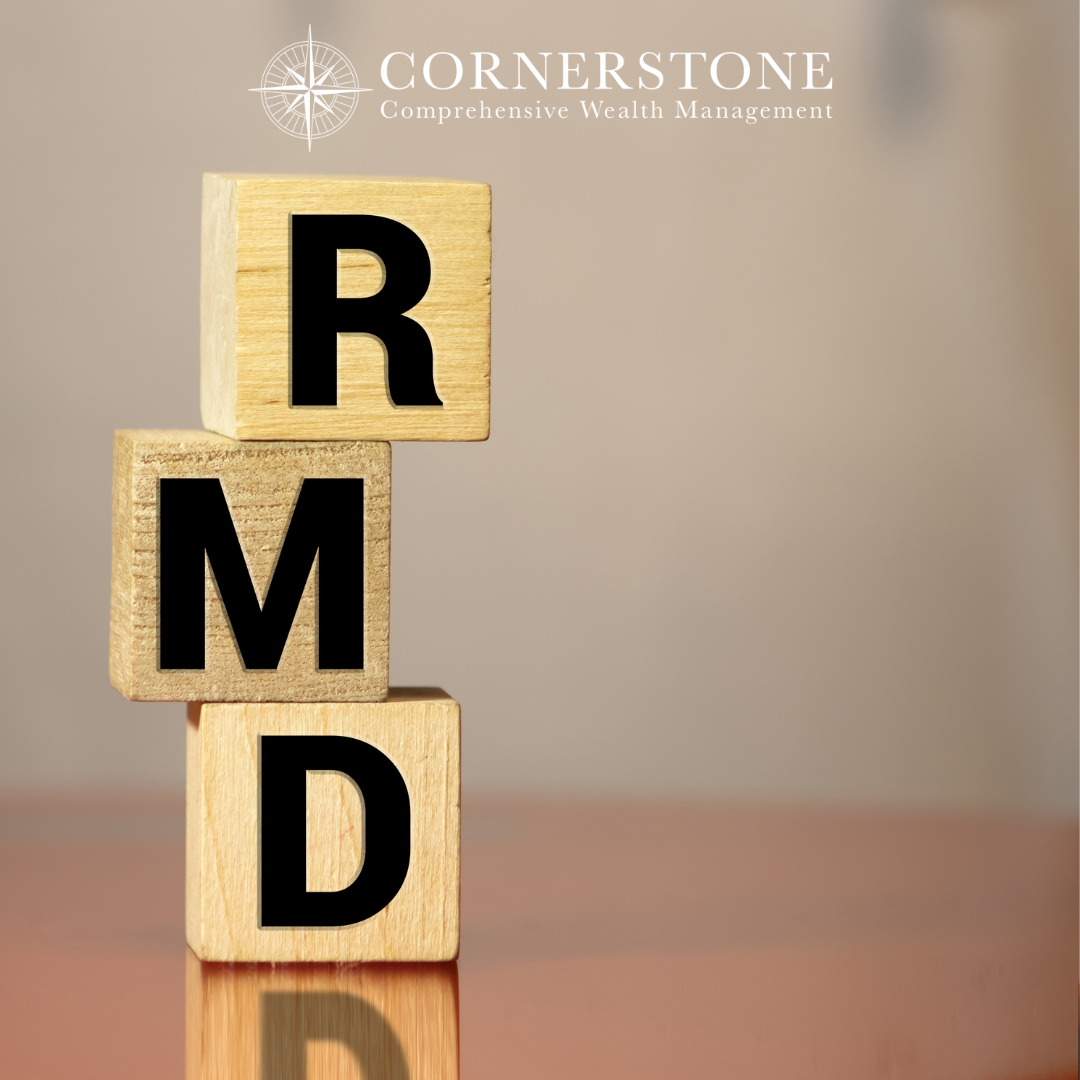Required Minimum Distribution Changed to 72, Good or Bad?
Austin Carroll is a financial advisor at Cornerstone based in Reno, NV. Austin has passed his Series 65 Securities Registration Examination. He helps clients create customized financial plans based on their unique financial goals by addressing topics such as income, investments, and taxes.
REQUIRED MINIMUM DISTRIBUTIONS CHANGED TO 72, GOOD OR BAD?
When Congress was passing the Secure Act, one of the biggest changes they made was the age in which a retiree must begin to take their required minimum distributions. The age for RMDs to begin was changed from 70 ½ to 72. While some rejoiced this change as a way for retirees to keep their money in their tax deferred accounts longer, others bemoaned the rule change by Congress. I’ve had many clients ask me about this and what it means for them in the long run, and most of them are surprised by the answer.
Let’s look at whether this change was a good thing or not for a retire. Let’s say that we have a retiree that was close to starting RMDs at 70 ½ right before the Secure Act was passed. Then, after hearing of this news, that retiree decided to postpone their RMD until 72. What they don’t realize is that they might have just increased the total taxable amount for their retirement.
If you stop to think about it, it makes sense that deferring to 72 could increase those taxes. If a retiree is following the industry standard 4% withdrawal with a 60/40 portfolio that returns 6%, then that leaves the balance growing at an average 2%. Which means, you just invested Uncle Sam’s money for them and earned them an extra 2% that they get to tax you on later! The other part that people are unaware of is that those RMDs grow every single year, so that tax burden just continues to grow and grow the older you get.
Most retirees are told the same thing, put money into their IRA for retirement and when they turn 72, they will need to start their RMDs according to the IRS. For some retirees this plan works and those RMDs will continue to pay for their expenses year after year, slowing drawing down their accounts. This is what I would call the IRS’s plan for retirement. Unfortunately, many retirees are not aware that there are other ways of doing things.
If you work with a financial planner that understands retirement planning and how taxes and income streams fit into the complex and interconnected planning called ‘retirement,’ you might be pleasantly surprised that there are strategies out there to decrease or even eliminate taxes in the future. That is something that our financial advisors do here at Cornerstone. We use our Cornerstone Retirement Road Map to show you strategies designed to maximize your lifetime Social Security benefits, optimize your retirement income, conservatively generate returns to beat inflation, and create tax efficiencies in your retirement. To see what your personalized Retirement Road Map looks like, give our office a call at 775.853.9033.



